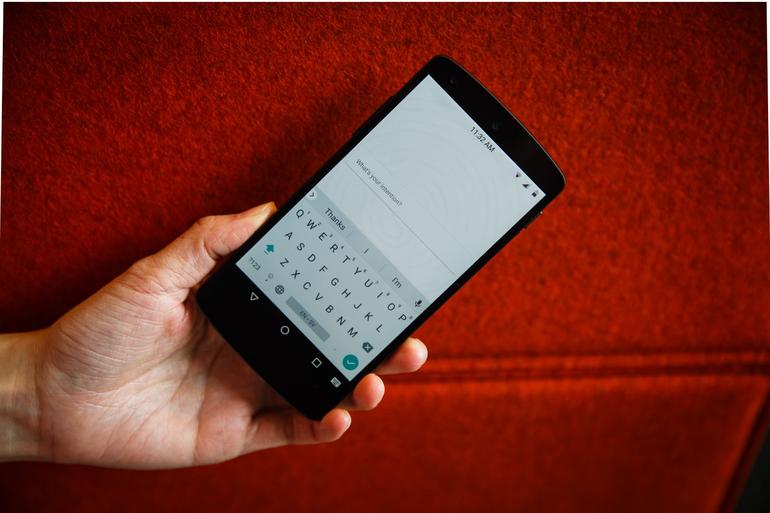Smartphone notifications: Love them? Hate them? It's complicated


Crowdfunding campaigns often fail because companies fail to get the word out. That wasn't the case for the widely covered Siempo.
A smartphone designed to get people to pay more attention recently had a hard time attracting enough of its own. Siempo, a smartphone designed to minimize notifications, had a lofty Kickstarter goal of $500,000. It wound up attracting a little over a tenth of that sum. And due to Kickstarter's all-or-nothing campaign format, it won't even get to keep that.
Siempo billed itself as a phone for humans. (Sorry, dogs.) It promoted focus via several tools such as batch notification, a physical pause button, an intention field that allows quick entry of to-dos, and a feature called "mindful morning" that helped build healthy routines. By dispensing with traditional apps, it would avoid the constant clamor for attention from advertising-driven usage. While most of its backers signed up at the $279 early pledge level, its standard reward price was $349. Either would get you a device with an unobtrusive 4-inch display and a paltry 1,600mAh battery, perhaps enough to get you through a day of (non-)usage.
SEE ALSO: Smartphone notifications driving you nuts? New Siempo phone will leave you in peace | How to prioritize notifications for individual apps in Android Nougat (TechRepublic) | Google now gives you Android notifications when new devices log into your accounts
In fairness to the team behind Siempo, smartphones in general on crowdfunding networks have faced a tough road. Recently, global mobile powerhouse ZTE canceled a campaign to have consumers customize a midrange smartphone. It followed the Ubik Uno, a phone by a Miami, Fla.-based company that seems to have disappeared. And then there was the Saygus V Squared, which raised over $1 million, and a Canonical Ubuntu Edge smartphone that raised over $12 million but still fell far short of its $32 million ask. The Edge was cancelled, although Saygus continues to communicate with backers.
Perhaps the most successful crowdfunded smartphone, the Nextbit Robin, recently ended its journey, with the company being sold to video game hardware maker Razer. The Robin was a phone that was all about more media and apps, allowing online access via transparent archiving of resources that were rarely used. That said, Runcible, a boutique round featurephone that sold on a similar premise to Sentio but with a stronger design push, squeezed past its Indiegogo goal last summer, raising nearly $300,000.
Crowdfunding campaigns often fail because companies fail to get the word out. That wasn't the case for the widely covered Siempo. The campaign's page includes what may be a strong clue, however: Its feature comparison charts shows that while Siempo's creators believe it can do a better job than most smartphones at a number of tasks, one can get pretty close with an off-the-shelf Android device that allows far more customization and choice. Or, in postponing broad Android app compatibility, Siempo might have simply put itself in the same troubled waters as phones sporting Windows Phone or the defunct Blackberry 10 or webOS.
Indeed, a host of apps encourage more mindfulness and focus. Meanwhile, those who don't want social media apps or the latest freemium game annoying them need not install. One can even forego a smartphone or any mobile phone entirely for the ultimate in distraction minimizing. That few go to such lengths, though, indicates what may be the greatest challenge to Siempo's main proposition: Without a system that can better anticipate what is important to us, most of us would rather dismiss in the moment rather than proactively risk missing out.
For notifications, the bliss of the few outweighs the bother of the many.
Bling without ping: A smartphone that tames notifications